How to Build Customer Loyalty for Small Businesses
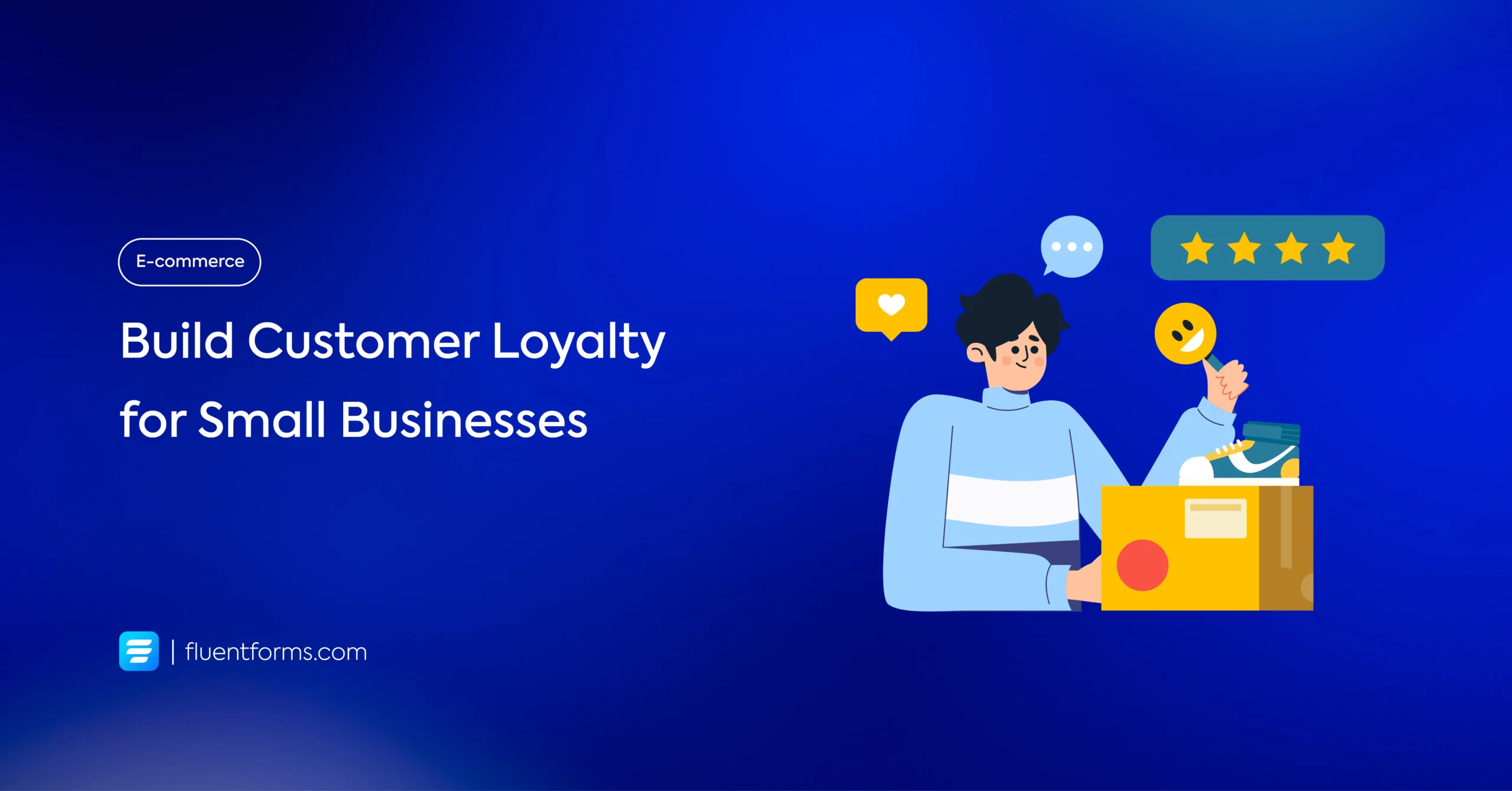
Customer preferences can change with a swipe or click in seconds. Building long-lasting customer loyalty is challenging for small businesses that want sustainability.
If you’re an owner of a small business, we know how this era of digital noise can bring suffering to your business. As there are endless options available, establishing a loyal customer base can be the deciding factor of your business’s rise or fall.
Don’t fear. Mastering the art of building customer loyalty is not some fantasy but a tangible goal that you can achieve with proper strategies and a mindset.
We’ve routed this journey of building customer loyalty, from the definition to the strategies you should follow. So sit back and relax, and let us guide you to creating the most loyal customer base you deserve.
What is customer loyalty?
Customer loyalty is when customers keep coming back to a specific brand even though there are thousands of options available. This happens because the customers feel a strong connection to it.
It’s like being a regular at your local coffee shop because you love their coffee, soft music, and friendly baristas. Loyalty is all about building relationships and making customers feel valued and appreciated, which earns their trust and keeps them coming back for more.
You don’t earn loyalty in a day. You earn loyalty day-by-day.
Jeffrey Gitomer, Author and Professional Speaker
Why is customer loyalty important?
New customer acquisition is always a tougher job than nurturing existing customers. Not nourishing your old customers can result in customer churn.
Encouraging customer loyalty needs very little effort but has a sustainable effect. Retaining customers for small business success depends on it.
To understand the benefits of increasing customer loyalty for small businesses, keep in mind that:
- Your loyal customers don’t leave you suddenly when a new option is available
- They don’t bash your image just after one bad experience
- Loyal customers are ready to pay you more for a better customer experience
- Loyal customers are your assets and they can also be your brand advocates
Customer loyalty is important because it can have exponential effects on your business; in terms of creating a good brand image, reaching new customers, and also lowering your marketing costs. Let’s understand the building blocks of customer loyalty now.
1. Building trust and consistency
When you talk about loyalty, “trust, and consistency” can’t be left behind. Regarding customer loyalty, it depends on how much the brand has gained the trust of its customers. And also on, how consistent they are with their products and services.

Building trust among your customers is also a part of the customer retention strategies. For small businesses, building trust is easier because of direct interactions.
The methods of building trust and being consistent don’t follow any bookish rules. It is solely dependent on the emotions of the customers and how much you’re able to cater to them. Here are some basics you can follow:
Communicate your values
Your customers are humans, and as humans, everyone has their own set of values. Think about the feeling when you find someone who holds the same values as you, how do you feel? Don’t you want to be friends with them?
When customers understand your values and find similarities with their own, they also feel the same. Leaving your brand would feel like a betrayal to them. So, always cater to the values of your target customers and communicate your values in every way possible.
Your values should resonate with your actions, it can be decreasing the pollution or saving the trees; have a clear stand presenting your values.
Nike can be a good example of a brand that cultivates a sense of identity and aspiration among its customers. Its “Just Do It” campaign preaches the inspiration and empowerment of its customers.
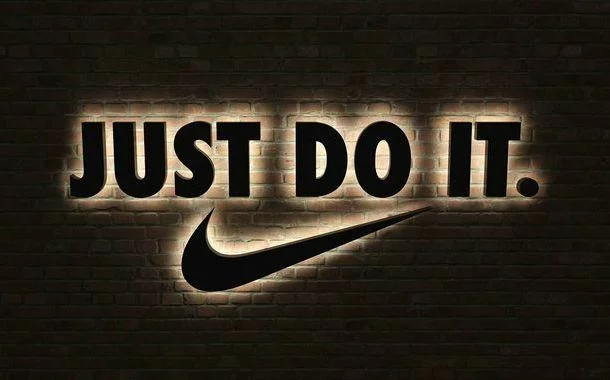
Providing exceptional customer service
Your products aren’t the only thing that your customers look for. After-sales service plays a huge role in leaving a good impression on your customers. If you provide them with exceptional customer service, they’ll surely come back without any second thought.
There’s a common myth that providing exceptional customer service is costly, and for small businesses, it is quite impossible. But let me bust this one for you. Customer service has a great ROI (Return On Investment) and ain’t that costly if you can utilize it properly.
When you provide exceptional customer service, your customers feel heard and connected to your brand. That’s why customer service can be a strategy to establish customer loyalty.
Brands like Amazon, and Starbucks utilize the power of customer service to keep their customers coming.
Creating a memorable brand experience
Do you still remember your favorite chocolate brand that isn’t available anywhere now? Or, do you miss your local pizza place? If the answer is yes to both of the questions, it brings out a very important point ‘brand experience’.
The brands that you still miss, are the ones who provided you with the experience that none could. Thus they’ve become a part of your memory that still hits you with nostalgia even after years have passed.
So creating a memorable brand experience connects to your customers’ memories and makes them keep coming. Offering empathy, immersive storytelling, showing strong commitment and many more things can help you leave an impression on your customers that helps you stand out in the crowd.
The way Starbucks works toward creating a welcoming environment and helping its customers build a community, and have a great time connecting to new people is a great example of brands leaving lost lasting impressions on their customers.
Our philosophy has been to take most of the money we would have spent on paid advertising and invest it into customer service and the customer experience instead, letting our customers do the marketing for us.
Tony hsieh, former ceo of zappos
2. Developing Personalized Relationships
You like pineapple on your pizza, and your pizza place knows that very well, doesn’t it make you happy? It’s the perk of personalization, making the customers happy as they feel special.
When a brand focuses on personalization for its customers, they feel the joy of being valued. Customers always have their takes regarding the product and the way they want it. If you listen to them and make possible personalizations, it proves that they matter to you.
Customer loyalty means having a base of customers who consistently choose our products or services over those of competitors because they trust our brand and feel valued. It involves building long-lasting, positive relationships that result in repeat business and increased word-of-mouth referrals.
Jacques Ludik, Founder and Group CEO at Cortex Group (South Africa)
And who doesn’t love to feel they matter? Personalization enhances the customer experience and fosters a sense of appreciation and recognition.
You can wish them on their birthdays, give personalized recommendations, and chat about what they want in the future from your brand.
The personalized recommendations feature of Netflix makes viewers feel as if a friend is recommending something ties the bonds strongly.
3. Implementing effective customer loyalty programs
We’ve already understood the fact that customer loyalty is based on the appreciation and recognition of customers. Loyalty programs can be a way to make this process more fun, and it gives more validation to your customers.
People love competitions or programs. When you run a campaign or program to find your most loyal customer base, things spice up. Your customers are willing to participate in the validation, or even for the rewards they can gain afterward.
The general framework of a customer loyalty program is simple. It is:
- Customers engage with or purchase from a company
- The company offers customers the opportunity to sign up for its loyalty program
- Customers sign up using personal info i.e. phone number, email, etc.
- Customers achieve rewards for purchases or through promotional programs
- Customers redeem points whenever they want or within a limited time
There are many forms of customer loyalty programs. Depending on the size or goal of the business, it may vary. Combinations of different types of loyalty programs are also seen nowadays.
To run a loyalty program, several core components are essential, such as:
Identifying Rewards and Incentives
A customer loyalty program is all about finding the correct way to engage and incentivize your customers. The rewards you choose have to be tempting, which creates an adrenaline rush in your customers’ brains.
Types of rewards differ, and any of the types can be experimented with to find which one works best.
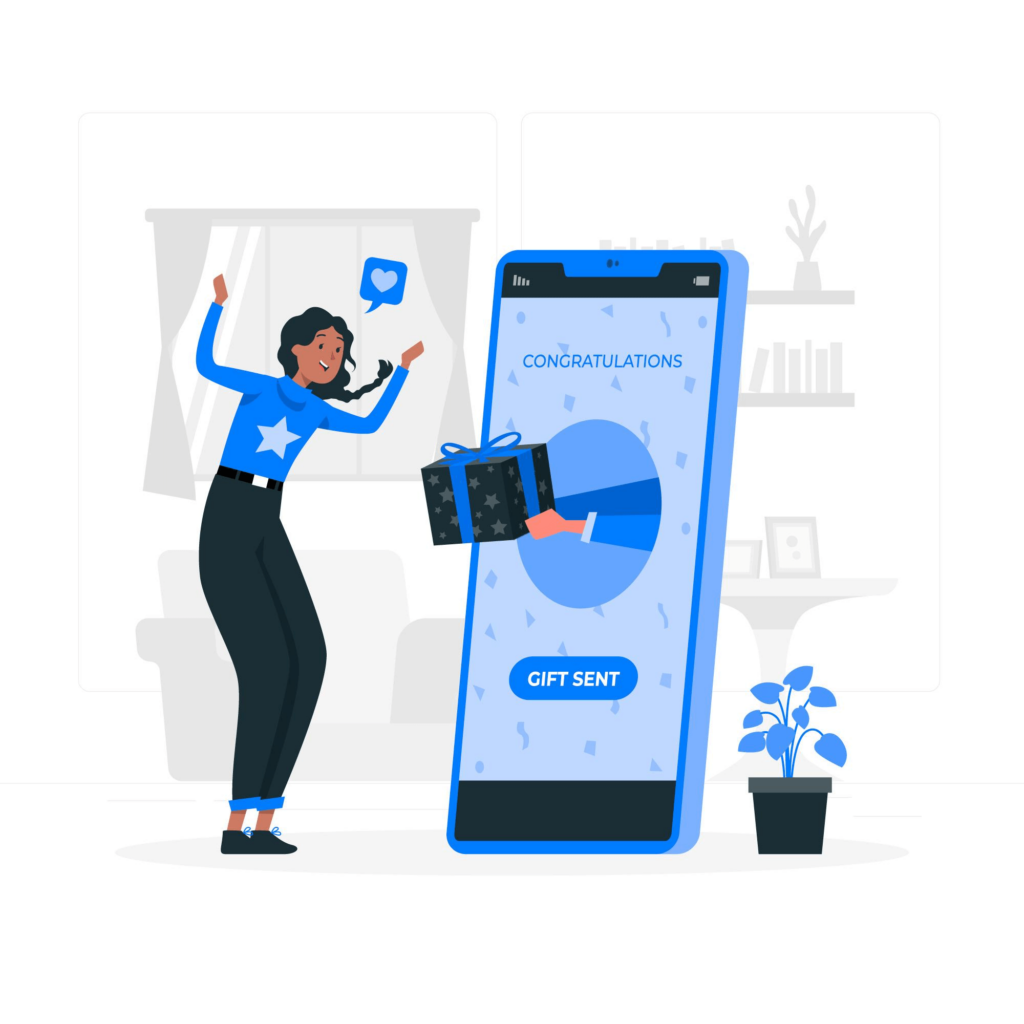
Sign-up rewards are given when a customer opts into your program. For subscribing to your email newsletters or opening an account on your website, you can offer them welcome rewards.
Spending benchmark rewards can be given when a customer has spent a targeted amount or gathered points by purchases over a certain period.
Rewards for purchase type are given for product-specific purchases. Customers get rewards only for buying that particular product.
Choosing the perfect incentives is the primary but important part of the loyalty program. To make the program attractive, rewards have no competition. However, technological advancements can also be made for a smooth experience.
Using technology to enhance loyalty programs
Personalization becomes easier when you have enough amount of data about your customers. Loyalty programs are now undergoing technological evolution, companies are now rethinking their strategies.
Forging deeper connections with the customers requires technology to play a pivotal role. It provides a new dimension to approach customers.
Artificial Intelligence (AI), Digital Wallets, and Predictive Analytics stand out as the top technology trends driving loyalty programs into the future.
These techs help in various ways. A general overview of their benefits can be:
- Data-driven insights for better personalization
- Accessibility for users is always ensured
- Offers convenient ways to store or use the rewards
- Efficient streamlined process, making a lot of savings
- Multi-currency alike features
- Anticipating customers’ behavior and identifying the most valuable customers to target
You can use the technologies according to your needs. But few things to keep in mind when using technologies:
- As these technologies are data-driven, data privacy is a concern
- Algorithms can have biases, so insights based on those algorithms aren’t always right
- Dependency on mobile apps for particular technologies doesn’t give sustainable results
- Over-reliance on AI or techs can lead to losing human interactions
Customer loyalty program examples
You might be a small business now, but one day you’ll grow if you are on the right track. Many companies have done it in their own way. So, we’ve gathered some examples of them for you.
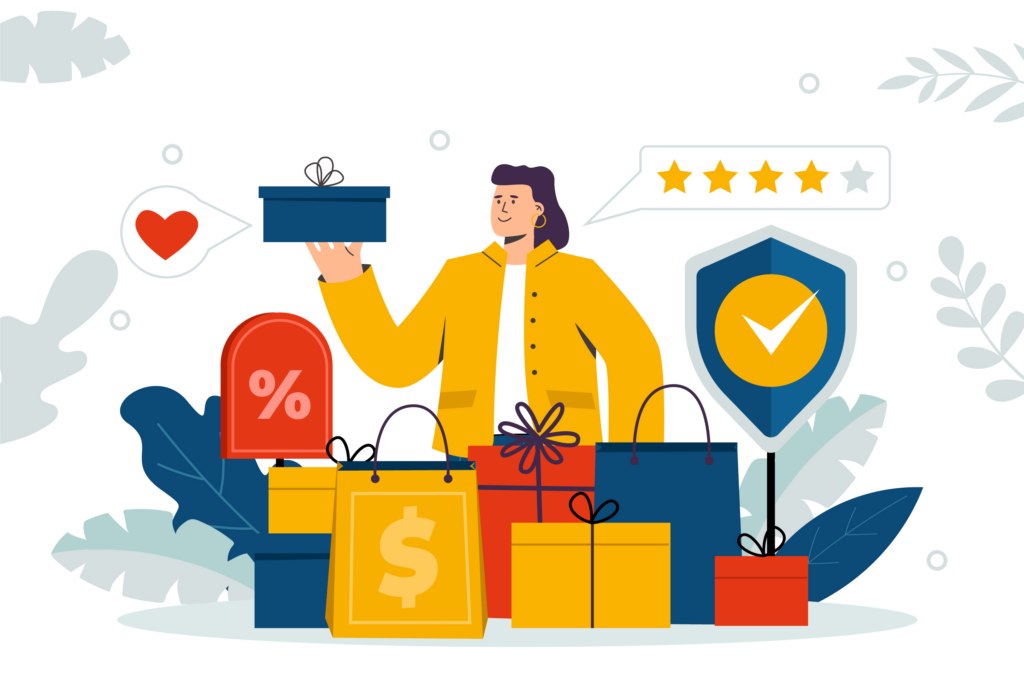
Loyalty programs of B2B( Business to Business) and B2C (Business to Consumer) are almost the same, but the method of execution might differ regarding the context. Here are some successful B2C and B2B loyalty programs examples.
B2B customer loyalty programs
WooCommerce
Program: WooCommerce Points and Rewards
Motive: Reward loyal customers and drive sales of premium plugins
How it helped: In this program, customers earn points for every purchase made on WooCommerce.com. These points can be redeemed for discounts on WooCommerce extensions and themes. By incentivizing customers to shop on its platform and rewarding their loyalty, WooCommerce boosts customer retention and drives sales.
Mailchimp & co
Program: Loyalty program for agencies and freelance marketing experts
Motive: Strengthen the relationship between Mailchimp and its professional users, encouraging them to continue using Mailchimp for their client projects.
How it helped: Mailchimp rewarded marketing professionals through the program, for using Mailchimp to serve their clients. The professionals would get insider training, access to exclusive tools, and invitations to exclusive events as a reward. By offering valuable rewards and benefits through the loyalty program, Mailchimp not only incentivized professionals to use its platform but also fostered a sense of partnership and loyalty.
B2C customer loyalty programs
Walmart
Program: Walmart+
Motive: To increase customer loyalty and compete with other retail giants.
How it helped: Walmart+ offers benefits such as free delivery on groceries and other items, member prices on fuel, and access to Scan & Go technology for a seamless in-store shopping experience. By providing convenience and value-added services, Walmart+ enhances customer loyalty and encourages repeat purchases, while also attracting new customers to the Walmart ecosystem.
Lululemon
Program: Sweat collective
Motive: To engage with fitness enthusiasts and build a community around the brand.
How it helped: Sweat Collective offers fitness professionals and enthusiasts exclusive perks, such as discounts on Lululemon merchandise, early access to new product releases, and invitations to special events. By catering to the needs and interests of its target audience, Lululemon strengthens its brand loyalty and establishes itself as a trusted partner in the fitness community. Sweat Collective members also serve as brand ambassadors, promoting Lululemon’s products and values to their networks.
Turning Satisfied Customers into Brand Advocates
You might wonder, why go through all these hassles just to find some loyal peeps for your business? This hassle ain’t a hassle when you see how fast word-of-mouth can affect your business when you have a loyal customer base.
According to Nielsen, 92% of consumers trust recommendations from friends and family, whereas only 33% trust ads. It proves how strong word-of-mouth is.
Here’s a list of things you can follow to turn your customers into your brand advocates:
- Provide a smooth customer experience
- Create sharable content
- Share your customer success stories
- Run referral programs
- Ask for feedback and show actions

Putting your efforts into these things can make your loyal customers advocate for you. So, customer loyalty is not only about emotions but also brings a lot of financial benefits to your company.
Conclusion
We’d like to remind you that building customer loyalty requires genuine connections based on trust and value. Exceptional service, memorable experiences, and personalized relationships are key.
Effective loyalty programs with meaningful rewards further incentivize loyalty. Don’t think of the cost you’ll spend for the rewards as an expense. When you grow the most loyal customer base, this will always return to you.
Don’t forget to share your thoughts in the comment below. How you are planning to cultivate customer loyalty for your small business?


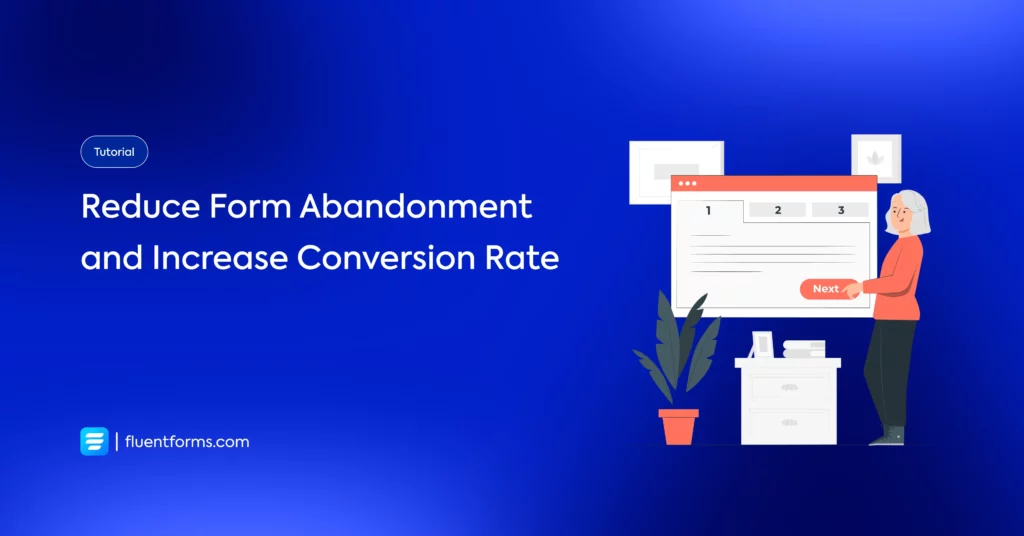





Leave a Reply
You must be logged in to post a comment.